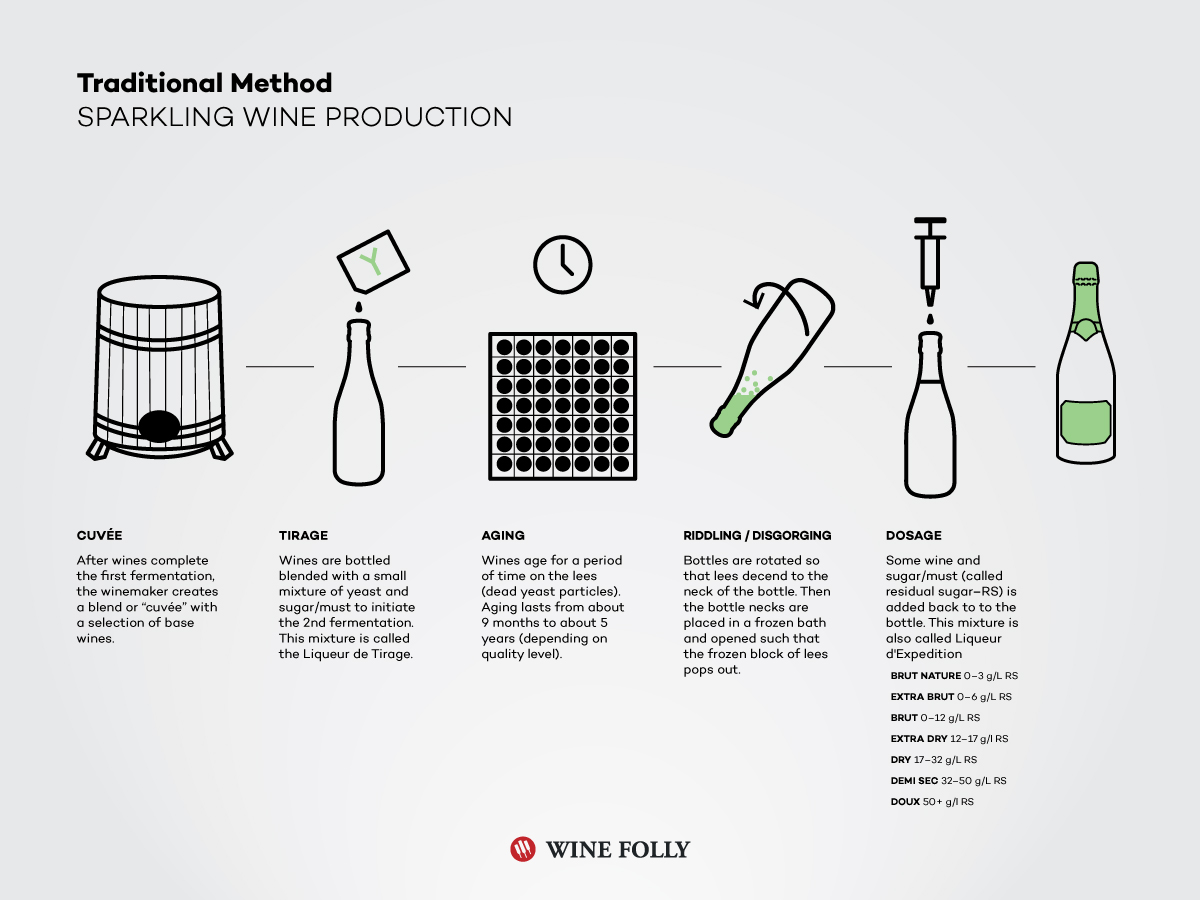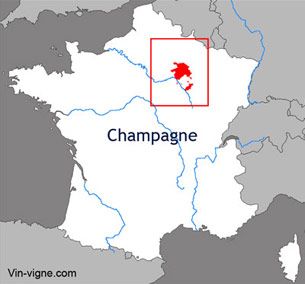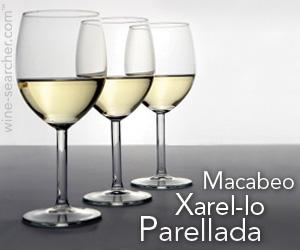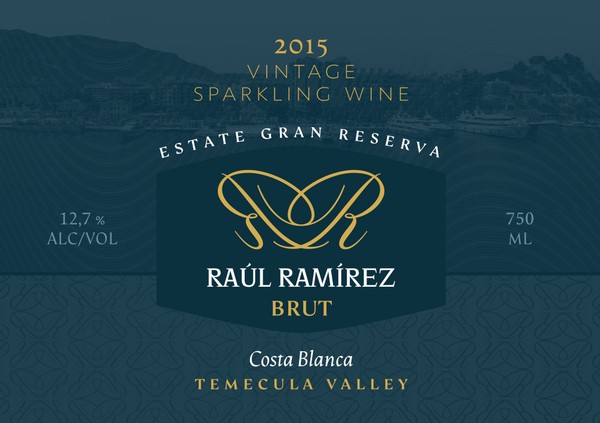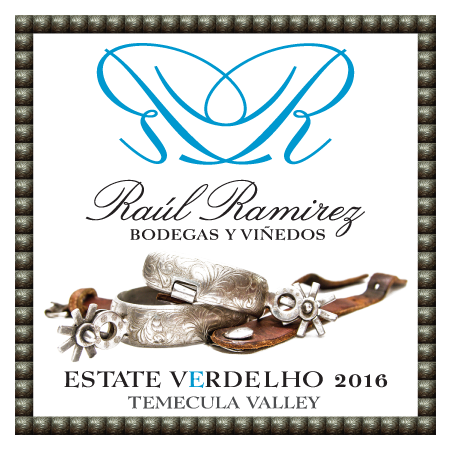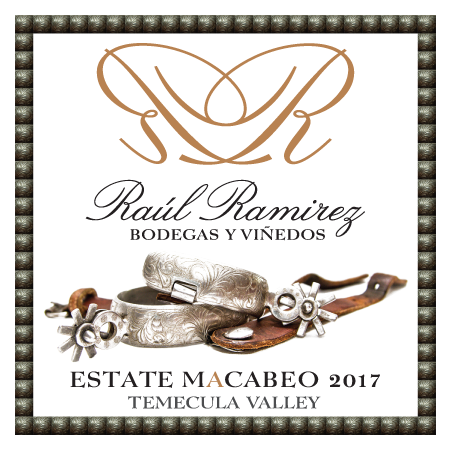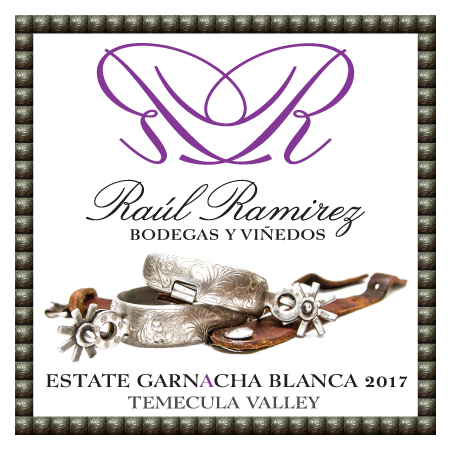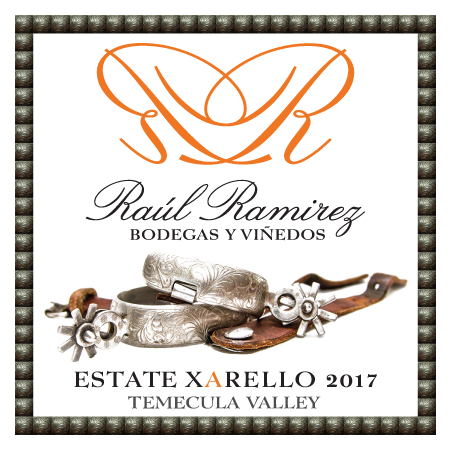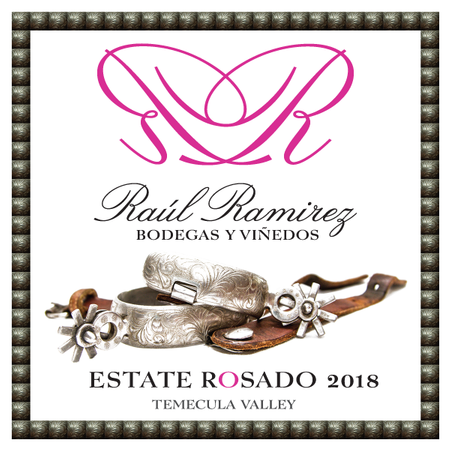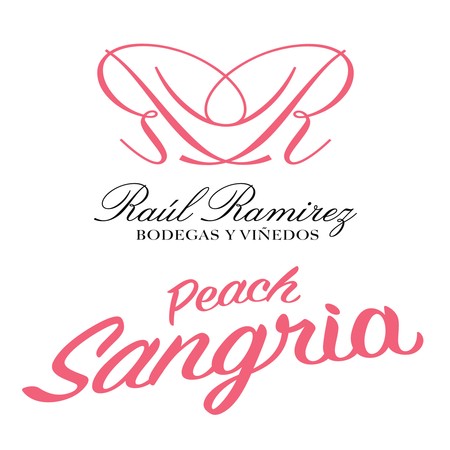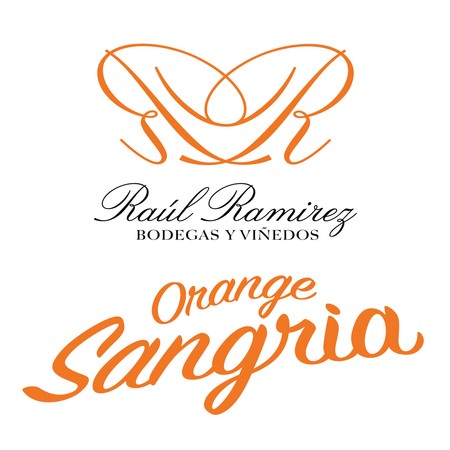Blog
This is your blog page, add intro text before through the content management tools or add blog posts through the blogging tools:
Champage and Cava: similitudes and differences.
|
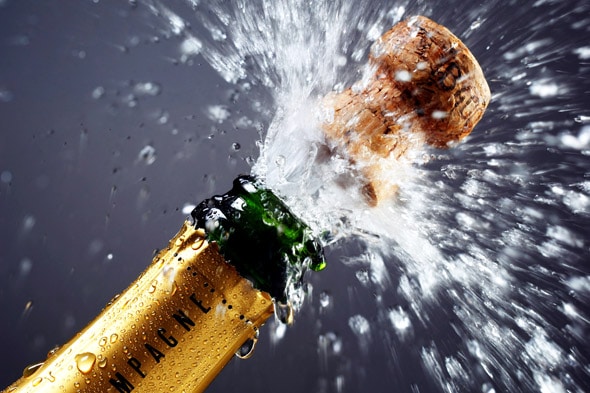
|
|||||||||||||
Wines for Summer
2016 Estate Verdejo
Temecula Valley. 100% Verdejo. 14,2% by volume. 750 ml. Clean and transparent pale yellow color. Aromatic fruity aromas of peach and apricot. Some notes of fresh cut hay. The balanced acidity gives freshness. Dry finish.
Pair with seafood, white fish, rice and vegetables.
Poor chill (45-55 F).
2017 Estate Macabeo
2017 Estate 100% Macabeo. Temecula Valley. 13.7 % by volume. 750 ml.
Mango, banana and a hint of spice on the palate characterize this bright white wine made in California from a varietal native from Spain.
2017 Estate Garnacha Blanca
Temecula Valley. 100% Garnacha Blanca. 13.6% by volume. 750 ml.
This is a bright white wine with a soft mouthfeel tanks to the small amount of 20% French new oak. You´ll taste baked pears and white peppers on the finish.
It matches good with spiced dishes, roast chicken, vegetables and softer creamy cheeses.
2017 Estate Xarel.lo
Temecula Valley. 100% Xarel.lo 13,6 % by volume. 750 ml.
Pale yellow with light golden hues. Brilliant, crisp and vibrant. Fresh nose with citric and peach aromas. Herbal hints. Long finish. Pair with salads, vegetable dishes, seafood, shellfish or creamy cheeses.
Poor chill (45-55 F).
2018 Estate Rosado
Temecula Valley. 100% Tempranillo. 13% by volume. 750 ml.
Strawberries. rose hips, and a hint of raspberry candy will make your mouth water. This rose is bright and bone dry.
Enjoy with Spanish tapas, paella, pasta and cold cuts.
Poor chill (45-55 F).
Peach SANGRIA
80% Red wine, 20% White wine Alcohol 13.9% 750 ml
Made from fine wine, this flavorful sangria wine is only slightly sweet, and bursting with the flavors of stone fruit.
Add some fruit, throw over ice, and enjoy the perfect summer aperitif!
Orange SANGRIA
80% Red wine, 20% White wine Alcohol 13.9% 750 ml.
Made from fine wine, this flavorful sangria wine is only slightly sweet, and bursting with citrus flavor. Add some fruit, throw over ice, and enjoy the perfect summer aperitif!
